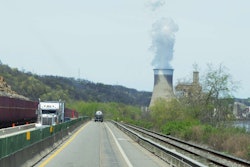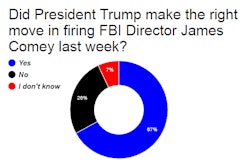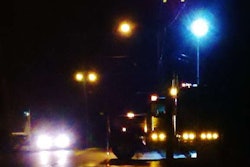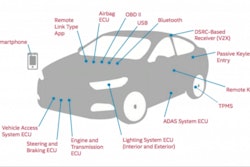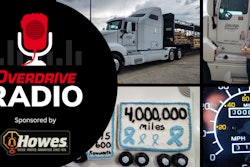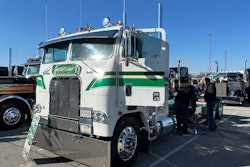I believe it is the responsibility of every driver to stay informed about current topics and issues within the industry, and I believe it is just as much a responsibility of every driver to step up and make their voices heard, call their Senators, their state Representatives, and yes even the president if necessary. Below is a portion of a letter I sent to President Trump soon after he took office. It is much like letters or phone conversations I have had with my state representatives, and until common sense wins out the day, or the Lord calls me home, they and my fellow drivers can expect I will continue to make my voice heard. –Clifford “Chappy” Petersen
Dear President Trump,
I am not sure if you know about the ticking time bomb set go off during the last part of your first year in office, so perhaps I should elaborate. Your predecessor pushed congress and the FMCSA (Federal Motor Carrier Safety Administration) to mandate the use of ELDs (Electronic Logging Devices) for all drivers by December 2017. Before you get the wrong impression, I currently use an ELD with the company I work for, and I in fact enjoy it for the most part. However, there are some issues that make using it challenging, and the same issues could prove to be detrimental to the industry, and really should be addressed before such a mandate takes place.
The first of which is the dire need for truck parking. According to a report published by ATRI (American Transportation Research Institute) in December 2016, “Safe, legal truck parking has historically been a major issue for motor carriers and commercial drivers, but the problem is now reaching a critical juncture. State budget woes have led to the elimination of many hundreds of public truck parking spaces. Evolving supply chains and truck operational changes have moved the truck parking “sweet spot” form many urban areas. Even planning issues such as zoning, property condemnation and “livable communities” have had a major impact on the quantity and location of critical truck parking. Among truck driver respondents, “truck parking” was the third highest ranked issue in 2016.”
This report corroborates The Jason’s Law report released in 2015 and confirms what DOT (Department of Transportation) officials have stated. According to their numbers, “59 percent of states have truck parking shortages in public rest areas and 31 percent have truck parking shortages in private truck stops.”
An ELD will automatically record truck movements if a driver must move a truck because they are forced to do so by law enforcement, shippers, consignees or weather. If a driver is out of drive time for that designated period, this will automatically give the driver and HOS (Hours of Service) violation and could result in a fine and termination from a company. Yet often drivers are forced to do so. However, part of this problem can be easily addressed by giving drivers back their clock. What I mean by that is currently HOS regulations dictate that a driver cannot stop the 14-hour clock once it is started unless said driver takes an 8-hour sleeper berth rest period.
This means that once our day is started we have 13.5 hours to get our 11-hour driving period done. We do not actually get to work 14 hours, because we are forced to take an off-duty, often unpaid 30-minute break within an 8-hour period. This means that myself and, per ATRI’s survey, many other drivers lose anywhere from 30 minutes to an hour and a half of productivity every day just looking for parking. We must be parked before our drive time runs out, and if by chance there is no space at our first choice, we must go to plan B. At the same time, it can take up to 30 minutes to park once we find a spot, depending upon how busy the area is (i.e. waiting for other trucks to get parked or out of the way). By allowing drivers to stop their 14-hour clock when the need arises, many times such issues can be avoided. Which brings me to my second topic: “Congestion.”
Because drivers are forced to continue once started, many of us find ourselves spending more time sitting in traffic jams (again affecting productivity), that could have been avoided by simply stopping our clock and taking a short break during rush hour traffic. Of course, there are times when our clock is dictated by shipping and receiving appointment times.

